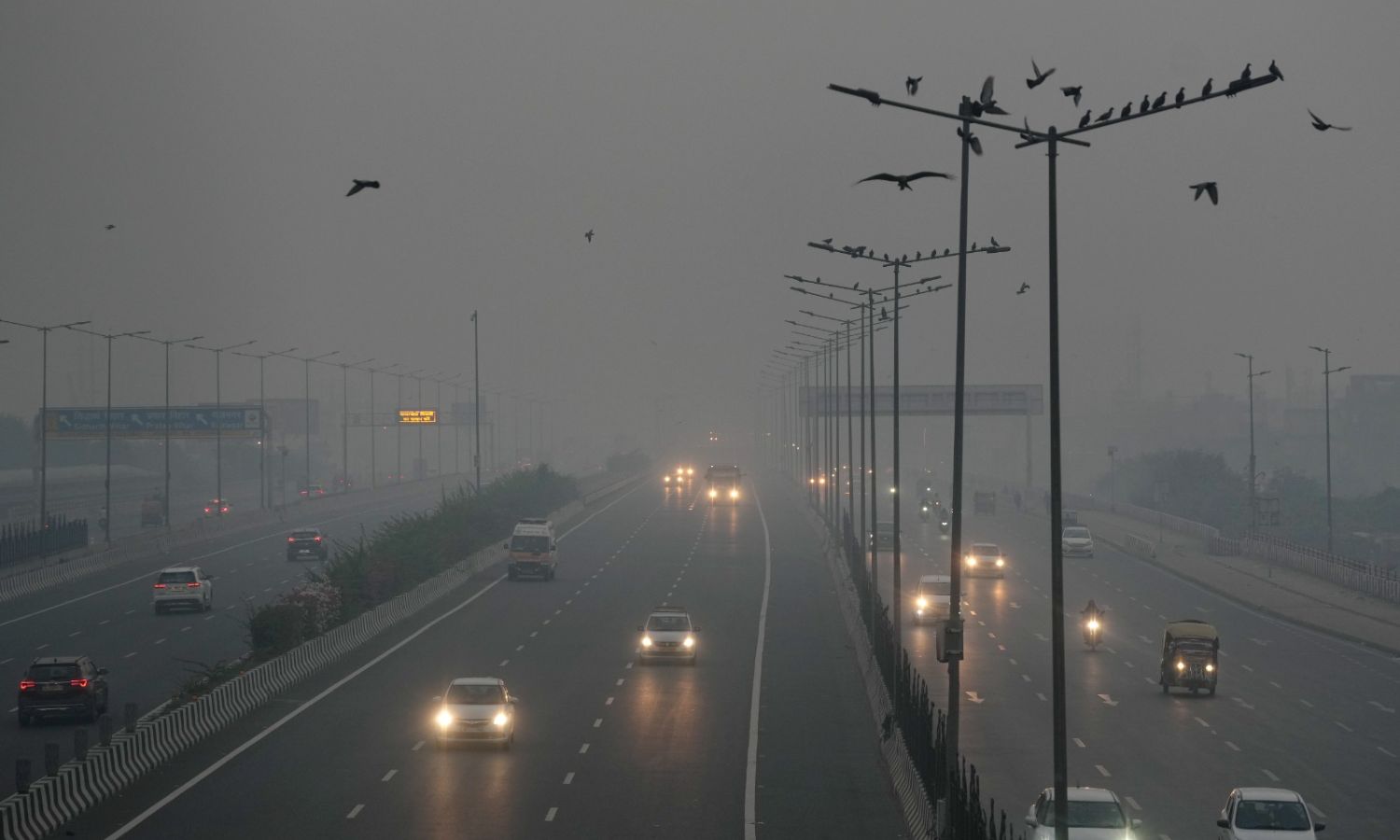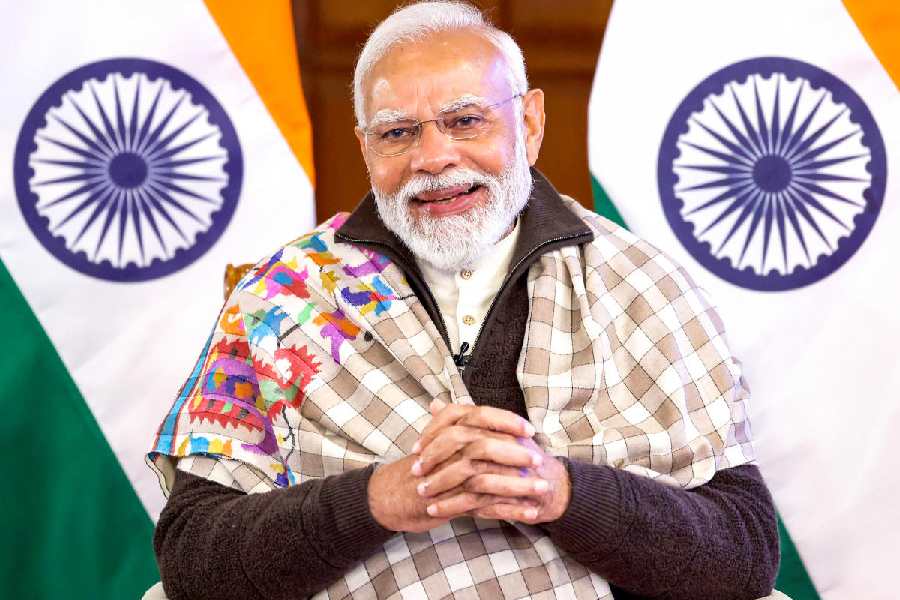Following Diwali, Delhi’s air quality managed to avoid reaching “severe” levels despite a rise in firecracker emissions, stubble burning, and local pollutants. Thanks to favorable weather, including strong winds of up to 16 km/h and warmer-than-average temperatures, the air quality stayed within the “very poor” category. This made it the second cleanest post-Diwali air since 2015, though pollution levels spiked briefly to an AQI of 362 by Friday morning.
 A substantial portion of Delhi’s pollution load was attributed to stubble burning in nearby states, with its share in Delhi’s PM2.5 levels jumping from 1.8% earlier in the week to 27.6% on Diwali. By Friday afternoon, the AQI improved slightly to 354, aided by continued winds and clear skies. However, environmental experts warn that rising stubble-burning incidents in Punjab and Haryana could worsen air quality in the coming weeks. The AQI is predicted to stay above 350, occasionally reaching the “severe” threshold.
A substantial portion of Delhi’s pollution load was attributed to stubble burning in nearby states, with its share in Delhi’s PM2.5 levels jumping from 1.8% earlier in the week to 27.6% on Diwali. By Friday afternoon, the AQI improved slightly to 354, aided by continued winds and clear skies. However, environmental experts warn that rising stubble-burning incidents in Punjab and Haryana could worsen air quality in the coming weeks. The AQI is predicted to stay above 350, occasionally reaching the “severe” threshold.
Despite temporary relief, experts urge swift action to manage pollution sources, cautioning that worsening winter inversion and increased farm fires could significantly impact Delhi’s air quality.



